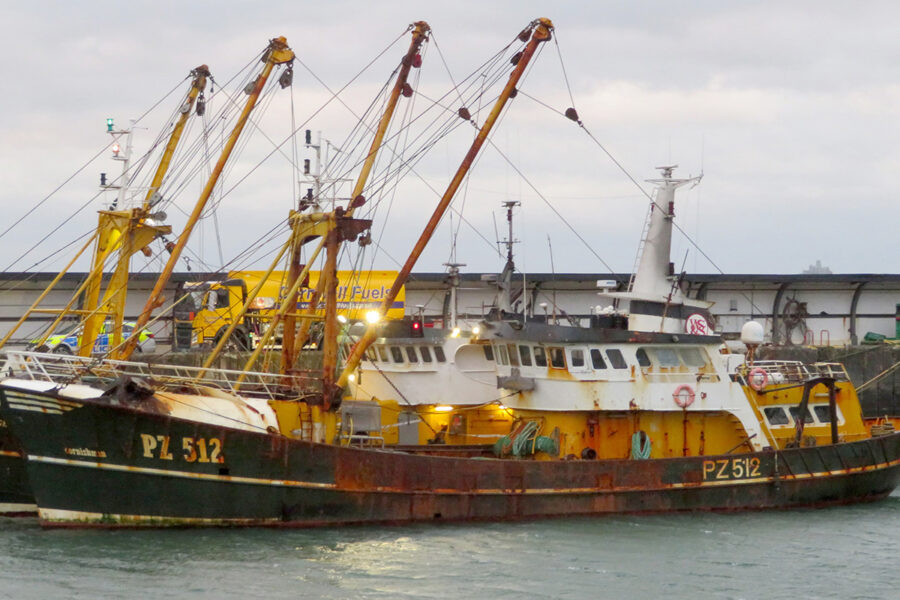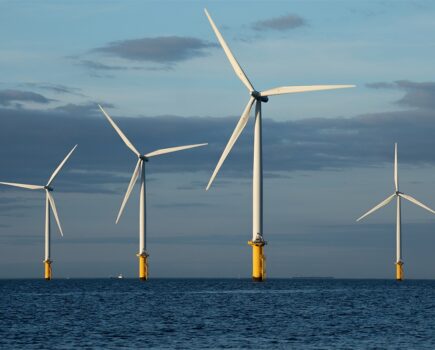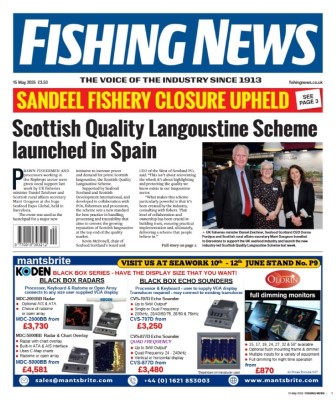The investigation by the Marine Accident Investigation Branch (MAIB) into the fatal accident aboard the bean trawler Cornishman PZ 512 on 6 February, 2021 has revealed a complex interplay of material failure, inadequate safety procedures and design flaws.
The incident, which occurred approximately 44nm south- southwest of the Isles of Scilly, resulted in the death of 49-year- old deckhand Leigh Spencer, from Millbrook, and minor injuries to a second crew member.
The MAIB report – the purpose of which is not to attribute fault or blame – provides a comprehensive account of the circumstances leading to the tragedy and outlines critical safety recommendations for the industry.
At approximately 6.30am on 6 February, 2021, the Cornishman crew were repairing the port trawl gear. Leigh Spencer was working on a chain mat positioned below the trawl beam. The port trawl beam had been hoisted 3m to 3.5m above the deck, suspended by its quick-release gear. Without warning, the quick-release chain failed, causing the heavy steel beam to fall onto the main deck. Mr Spencer was struck and trapped, sustaining fatal head injuries. A second deckhand also received minor injuries.
The skipper was immediately alerted, initiating a rescue response. Falmouth Coastguard was contacted, and a Coastguard helicopter and RNLI lifeboat were dispatched. A paramedic was winched aboard the Cornishman at 8am, but despite the rapid response, Mr Spencer was declared deceased at 8.16am. The injured deckhand was airlifted to hospital in Newquay, treated and discharged. The Cornishman returned to Newlyn.
The MAIB investigation pinpointed the catastrophic failure of a link in the quick- release chain as the direct cause of the accident. The report found that this chain, operating over a fixed steel pin at the derrick head, was severely worn, corroded and cracked.
Several key safety issues were identified:
- Unsuitable chain material: the chain was manufactured from a low-ductility steel with high hardness, making it highly susceptible to environmentally induced cracking, likely hydrogen embrittlement, in the corrosive marine environment. The investigators considered this material to be inherently unsuitable for the purpose.
- A design flaw in the quick- release gear: the chain’s installation over a fixed pin introduced bending stresses. The report found the ‘chain over fixed pin’ arrangement, with a D/d ratio (pin to chain link diameter) of around 4.68:1 (reducing to 3.0-3.5:1 in service), was considerably lower than the recommended 7:1 for maintaining strength under bending loads. This design meant the chain was not loaded straight, reducing its strength and increasing susceptibility to failure. W Stevenson & Sons had a similar incident in 2015 on another vessel.
- Inadequate risk assessments and procedures: the investigation found existing risk assessments for maintenance and deck handling were not adequately followed, and their mitigations were ineffective. Deckhands were working directly beneath the suspended trawl beam, a practice discouraged by safety guidance and deemed ‘extremely hazardous’. The vessel’s lifting gear inspection regime was found to be insufficient to identify the chain’s deterioration.
- Deficiencies in training and safety management: the MAIB found the vessel owner’s safety management manual lacked specific procedures for managing lifting operations. Crew training records indicated incomplete mandatory Seafish qualifications, including basic health and safety. The report concluded that the Cornishman’s safety management was not fully effective.
- Insufficient survey oversight: MCA surveyors were not specifically trained in lifting gear inspection, and survey guidance was limited. Post- accident MCA inspections on the Cornishman and other Stevenson’s vessels revealed nine breaches, including corroded ropes and wires, and a lack of a competent person or proper inspection regime for lifting equipment.
The full MAIB report can be found here.
Safety recommendations
Following its investigation, the MAIB has issued a number of safety recommendations.
The MCA is advised to update its guidance on training requirements and accreditation for ‘competent persons’ conducting lifting equipment inspections, and to update training and guidance for surveyors to improve compliance checks on lifting operations regulations.
Vessel owner W Stevenson & Sons is advised to ensure lifting equipment maintenance, examinations and inspections meet regulations and control failure risks. It should also review and update risk assessments to ensure loads are properly secured when working near suspended heavy equipment, confirm with suppliers or manufacturers that chains are suitable for intended use, ensure crews hold complete and up-to-date mandatory training qualifications, and develop an effective safety management system.
There are also recommendations to Polish chain manufacturer Capital
Group FASING SA on amending its chain quenching and tempering processes, and advising customers on appropriate chain selection.
The report notes that W Stevenson & Sons has already taken action, including employing an external marine consultant, replacing quick- release arrangements with Van Damme systems (avoiding chains over fixed pins) and introducing vessel-specific lifting plans. The MCA has also conducted a focused inspection campaign.
Main image credit: MAIB
This story was taken from the latest issue of Fishing News. For more up-to-date and in-depth reports on the UK and Irish commercial fishing sector, subscribe to Fishing News here or buy the latest single issue for just £3.50 here.
Sign up to Fishing News’ FREE e-newsletter here.








